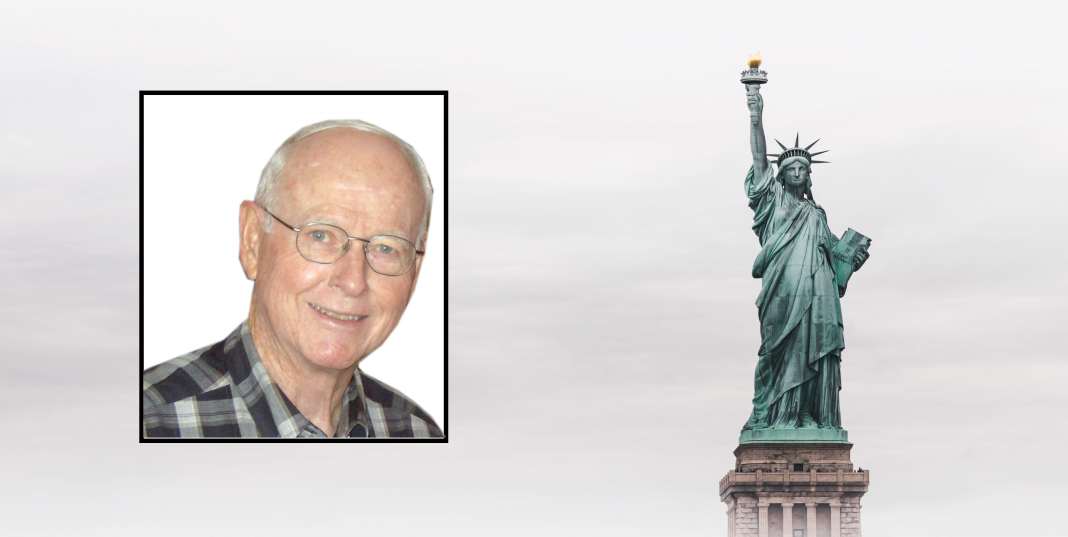Rescuers
What you do matters, and history lives to tell it. As Jews were deported and killed in Nazi Europe in the 1940s, witnesses had a choice to intervene or not. A few ordinary people chose to act in extraordinary ways to rescue the Jewish people. The inhabitants of the French village of Le Chambon-sur-Lignon along with other neighborhood villages chose to act in extraordinary ways and rescue nearly 3,500 Jewish people who were fleeing from the Nazis.
Some rescuers are well known: Swedish diplomat Rauol Wallenberg of Budapest; Oskar Schlinder at his factory in Poland; and Miep Gies who hid Anne Frank in his Netherlands home. But far less familiar ordinary people from every walk of life demonstrated that these ordinary individuals proved that such individuals had the power to make a huge difference in the lives of these families. Eleanor and Gilbert Kraus of Austria in 1939 agreed to orchestrate the rescue of
50 Jewish children trapped in Nazi-occupied Austria. Working within strict U.S. laws that included a quota system for immigration, Gilbert met with members of the State Department, while Eleanor completed more than 50 affidavits proving to the U.S government that the required American sponsor for each refugee child had been identified. The couple then endured a difficult journey back to the U.S. with the children. The Krauses’ efforts constituted one of the largest private rescue operations before the start of World War II. All of the rescued children were from families that had previously tried to escape Nazi territory.
An Egyptian physician living in Berlin in 1938, Dr. Mohamed Helmy risked his life to assist Jewish friends. Targeted by the Nazi regime as “non-Aryan”, Helmy was barred from practicing medicine in 1938 and forbidden from marrying his German fiancée. On two occasions, he was arrested and imprisoned in a concentration camp. In spite of this treatment, he spoke out against the Nazi regime and its policies. When deportation of Jews began, he hid a patient in his home and provided care and provisions for the family members. After the war, he remained in Berlin and finally was able to marry his fiancée, Emmi. He practiced medicine until his death in
1982. Irena Sendler, a Polish health worker, transported desperately needed medicine, clothing and money into the Warsaw ghetto. Later as head of the children’s section of an underground organization of Poles and Jews that coordinated rescue efforts, she assisted smuggling of several hundred Jewish children out of the ghetto. She hid them in orphanages, convents, schools, hospitals and private homes. She provided each child with a new identity. In 1943, she was arrested, tortured and sentenced to death, but was rescued by the Polish underground before her execution. After her escape from the death sentence, she continued her work in the Polish underground rescue organization.
Father Jacques, a French friar has been honored for his efforts to hide Jews despite great risk to himself. In 1943, as headmaster of a boys’ school in Avon, France, he enrolled Jewish boys under false names and hid others as workers at the school. Despite these attempts to hide these rescue efforts, he was imprisoned and assigned to several Nazi camps where he succumbed to an illness. In Czechoslovakia in 1939, Reverend Waitstill Sharp and his social worker wife, Martha, accepted a request from the American Unitarian Association to travel from their home in the United States to aid refugees in Prague. Motivated by their faith and moral outrage, they made the difficult decision to travel from their home and leave two small children to spend six months over seeing the distribution of food and money and plans for organizing escape efforts. Their efforts were successful in helping 2,000 refugees escape Nazi hands in 1940. Their successful efforts would become a model for later transports of child refugees.
These stories show that every individual has the power to make a difference. The United States Holocaust Memorial Museum was established to honor and identify the work of many little known individuals. The Museum is located at 100 Raoul Wallenberg Place, SW Washington, DC 20024-2126.















